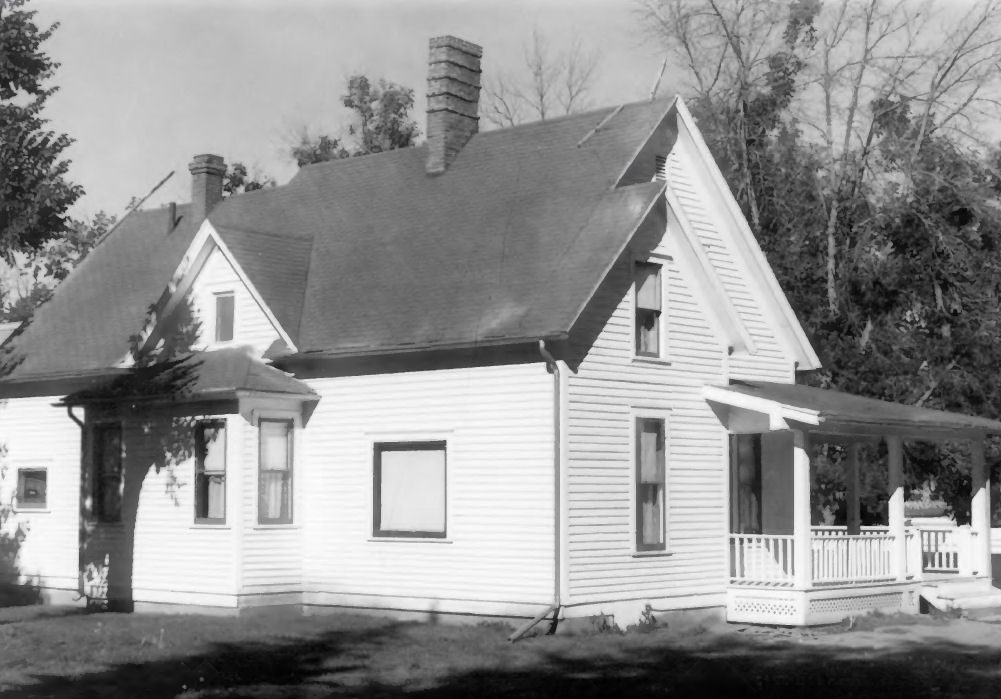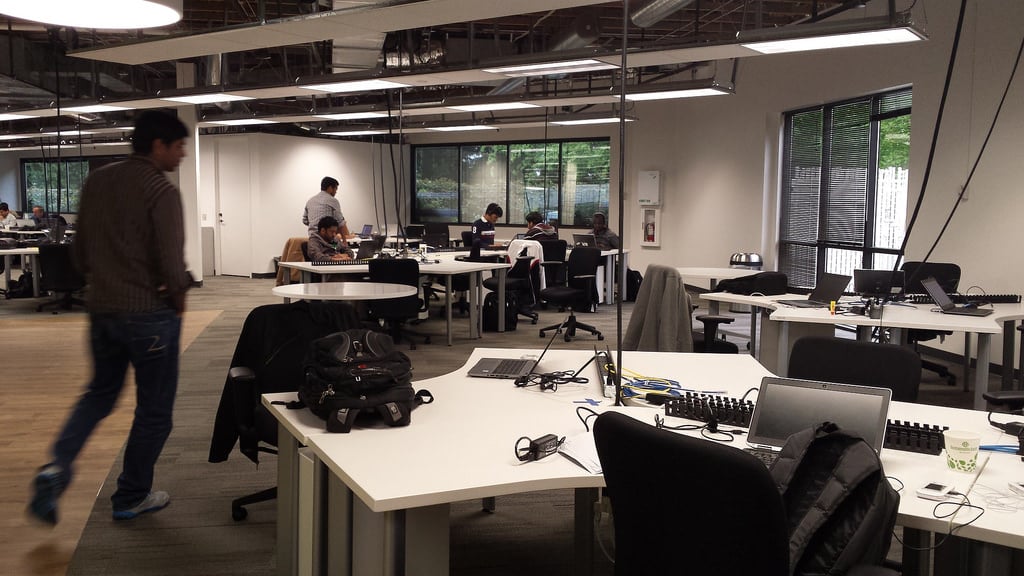You run a business in Texas. That's awesome. But, what are you doing to protect it from catastrophe?
- Most business owners have a plan in place if their computer crashes.
- Most business owners are looking for ways to diversify their income.
- Most business owners are constantly refining their processes to better serve customers and increase profit margins.
All of that is truly necessary. But there is one part of protection often overlooked because it costs money. INSURANCE!
Why do I need to insure my business? That costs a lot of money!

Yes, securing insurance does cost money. However, you get something in return for that money beyond peace of mind. No matter how big or small your business is today, your tomorrow can be wrecked if something happens. It can be as simple as a car crashing through your front door in Dallas/Fort Worth or as massive as a hurricane pounding the entire Texas coast. Neither of those are your fault, but they can devastate your future. So pull up a chair, grab something to drink, and let's explore the realms of insurance for your business.
The Basics:
Property

As much as we hate to say it, property insurance is one of the most underrated lines of coverage in the minds of business owners. They think the coverage is just as simple as insuring their building and contents. And while often true, they fail to understand the number of caveats within property coverage which can result in disaster come claim time.
So let's cover a few areas in a property policy and why they are important.
Building Coverage
If you own a building or property, you want to protect it. If you have a lender on the property, they will require coverage whether you like it or not. When reviewing the coverage for the building, take these things into consideration.

First, determine the right limits of coverage for your building.
To do so you have to choose between replacement cost and actual cash value.
Replacement cost is the amount of money necessary to rebuild the building from the ground up. This includes cleaning the site, materials, and labor in the event of a total loss. Typically insurance agents will utilize a third party such as Marshall & Swift to provide a replacement cost estimate.
It is important to note here that these replacement cost estimations are estimations only and ultimately without a full appraisal from a licensed appraiser exact figures cannot be guaranteed.
For this particular reason most carriers will include coinsurance clauses which requires the building to be insured for anywhere between 80% and 90% without the property owner being penalized at claim time. Coinsurance can be complicated to even trained individuals, so the main point is to make sure you have the appropriate amount of insurance for the building to make sure it gets replaced.
Actual cash value is the other option. With it, they do not pay full replacement costs to rebuild your building at today's prices unless current market value is equal to reconstruction value. In the event of a loss, you will receive either the depreciated value or the value of the building at the time of loss. If you have to or want to rebuild the property, this could cost you a fortune out of pocket. Recent trends of increased construction costs, including increased material and labor, make choosing this policy very risky in the event of needing a rebuild. Not only are you not guaranteed enough money to rebuild, you will be responsible for site clean up and prep as well. That will eat into the money received as part of the settlement, and potentially leave you high and dry.

The next thing to determine is your deductible. Let’s face it, we might as well call North Texas the hail capital of the world. And the coast has those things called hurricanes. The Hill Country and Central Texas suffer from flash flooding. Windstorms are kind of a big deal in West Texas. We Texans deal with some weather!
The roof is the most important asset to any structure, no matter what part of the state it is located. It functions to keep things out, and is also one of the most costly claims in the eyes of the actuaries. Actuaries are those smart people that set your rates. Therefore, in Texas you will see what we like to call split deductibles.
A split deductible policy has at least two deductibles, one deductible for wind and hail claims, with the second deductible being for all other perils (claims). In coastal areas, you will frequently see a third deductible for Named Storms or Hurricanes. Typically the wind/hail or named storm deductible will be higher than the deductible for everything else.
Often, a deductible reflects a percentage of the dwelling or building coverage. This is incredibly important to understand for a business owner. If you have $350,000 building with a 2% wind/hail deductible, your out of pocket for the deductible in the event of a roof claim could be $7,000. Yikes! Commercial property values are climbing and deductibles are with it. Knowing this key piece of the policy can make all the difference in the world.
Now Let's Dig A Bit Deeper Into Property Nuances

There are different facets of a policy that can be complicated and appear to be tricky. Let's look at some of the common gotchas in property policies.
- You may have replacement cost coverage on the building and actual cash value on the roof. Let that sink in for a minute. You might have a roof claim and only receive the depreciated amount of the roof at the time of loss.
- In the example about deductibles above, there was a $350,000 building and a deductible of $7,000. In an actual cash value situation, you might receive less than the deductible given the condition/valuation of the roof at the time of loss. Having a total loss on your roof, and receiving nothing or a check for a few hundred dollars due to depreciation can take the wind out of the sails of any property owner.
- Many policies put a time limitation on the replacement cost provision on a roof. In many cases, roofs over 15-20 years will be settled at actual cash value rather than replacement cost. While roofs newer than 15-20 years will be settled at replacement cost. Understanding the settlement clause on your roof can help you determine whether or not you'll lose your shirt during a storm.
- Percentage deductibles for wind and hail may include a minimum deductible amount.
- Some policies for properties with dwelling percentage deductibles will include minimum amount included in the provision of the percentage. For example your policy may include a 1% wind/hail deductible with a $2,500 minimum. Therefore on a $100,000 building with a 1% deductible instead of paying just $1,000 the minimum deductible is $2,500. This can catch a lot of clients off guard if they do not know about the minimum attached to the percentage.
- Co-insurance penalties. This is probably one of the least understood areas of insurance with most insurance agents. So we will try to be concise.
- If your policy includes a co-insurance provision at 80% or 90%, you are stating to the carrier that your building coverage is at least 80 or 90% of its total replacement cost. That means if your building would cost $200,000 to fully rebuild and you insured the building for $150,000 (75% of full rebuild), you will incur a penalty on claim settlement.
- This affects the policy holder at the time of claim settlement. If at the time of loss, your coverage is determined to be less than the co-insurance clause, you will be assessed what is referred to as a co-insurance penalty. This can be assessed on partial or complete losses, and it will reduce the amount you are paid for your loss. Now how this is determined would put you to sleep, so to avoid it all together, make sure you are choosing the appropriate limits to insure your property.
That's Great And All, But What If I Don't Own The Building?

Tenants Improvements and Betterments:
Maybe you don’t own the building but you lease the space that you occupy. Every business wants to make their space unique, so they invest in a “finish out” of the space. It's not uncommon for a tenant to add new walls, fixtures, flooring, and/or counter tops! This is all permanently attached to the building and cost thousands of dollars. The tenant pays for these items out of their own pocket or it they may have the cost baked into their rent. In the end, the tenant is ultimately responsible for these in the event of a loss.
A prime example, when a fire destroys your building, the landlord's policy will pay for the shell of the building. But what about all the extras you put into the space? This is where the tenants improvements and betterments coverage come in. This coverage provides you, the tenant, with coverage for all the extras you have put into the space out of your own pocket. These items are different from contents as they are typically permanently installed into the building. So if you have made improvements to your space make sure you address that with your insurance agent to see to it that the property is fully covered.
Contents Coverage:

Contents coverage is for items the business owns not permanently attached to the building. This includes coverage for furniture, tools, inventory, stock, merchandise, and other things which determine your limit of coverage. You will typically calculate this on a replacement cost basis when determining the appropriate level of coverage.
Contents coverage will have similarities to property coverage to keep in mind.
- Be aware of any co-insurance provisions as they can be used for contents as well.
- Review your policy to determine if there are any protective safeguard requirements. Some policies will require active and monitored alarm systems for full replacement coverage on contents. If you do not utilize an alarm system at the time of loss, the coverage may only provide actual cash value coverage.
- Electronic Data Processing Equipment (EDP) needs to be disclosed to your agent if it is included in your contents value. Some insurance companies will want to list this property separately.
- Be mindful when determining your content and tenant improvement and betterments limits. Some carriers include coverage for both under business personal property. However some split it out, and often offer a lower rate on the improvements and betterments limit than on the contents. So it can be to your advantage to have them calculated separately when speaking with your agent.

Business Income:
One potentially overlooked coverage is business income coverage. Business income provides you with lost income resulting from a covered loss.
If your place of business burns down, your business is closed. But you still have bills to pay. Business income coverage will replace your cash flow during the relocation or rebuild process to cover those expenses that continue. Without business income coverage you would have to cover those expenses out of your own pocket.
If your policy includes business income with extra expense, the carrier could pick up the additional costs for you to lease another space to operate while your original location is rebuilt. In some cases, e.g., if you are a manufacturer, a form of business income can be added to help offset your delayed production if you can't work because of a delay/shortage in critical parts coming from a third parties. Calculating the appropriate limit of business income coverage and the right extensions of coverage is something you need to discuss with your agent.
The Basics Are Not So Basic
As you can see, the basics of commercial insurance are not so basic. There are aspects many have not thought of protecting. Insurance For Texans will help you make sense of it prop while properly protecting you and your business from catastrophe. Speaking with our specialists will help you focus on running your business and still sleep soundly at night.

